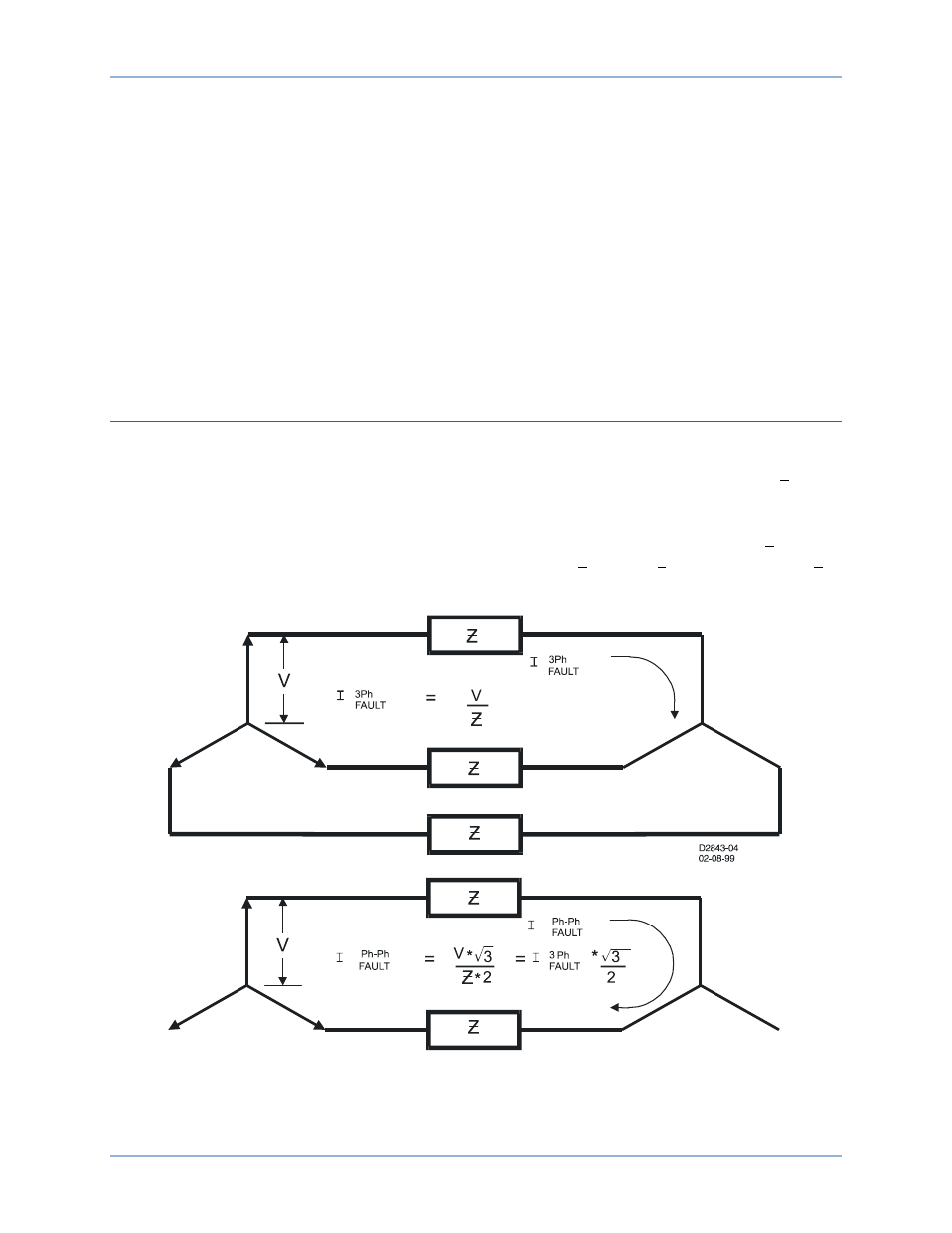Negative-sequence overcurrent (46) protection, Pickup settings – Basler Electric BE1-11t User Manual
Page 79

9424200995 Rev H
67
Negative-Sequence Overcurrent (46)
Protection
Negative-sequence overcurrent protection is included as a mode of the 50 (Instantaneous Overcurrent)
and the 51 (Inverse Overcurrent) elements. Refer to the chapters on
Instantaneous Overcurrent (50)
Inverse Overcurrent (51) Protection
for information on how to set up and program the I2
(negative-sequence overcurrent) mode of the 50 and the 51 elements.
For years, protection engineers have enjoyed increased sensitivity to phase-to-ground unbalances with
the application of ground relays. Ground relays can be set more sensitively than phase relays because a
balanced load has no ground (3I0) current component. When using negative-sequence mode, the 50 and
51 elements can provide similar increased sensitivity to phase-to-phase faults because a balanced load
has no negative-sequence (I2) current component.
Pickup Settings
A typical setting when using negative-sequence mode for the 50 or 51 elements might be one-half the
phase pickup setting in order to achieve equal sensitivity to phase-to-phase faults as three-phase faults.
This number comes from the fact that the magnitude of the current for a phase-to-phase fault is
√3/2
(87%) of the three-phase fault at the same location. This is illustrated in Figure 48.
The phase-to-phase fault is made up of both positive and negative-sequence components as shown in
Figure 49 or a phase-to-phase fault, the magnitude of the negative-sequence component is 1/
√3 (58%) of
the magnitude of the total phase current. When these two factors (
√3/2 and 1/√3) are combined, the √3
factors cancel which leaves the one-half factor.
Figure 48. Phase-to-Phase Fault Magnitude
BE1-11t
Negative-Sequence Overcurrent (46) Protection